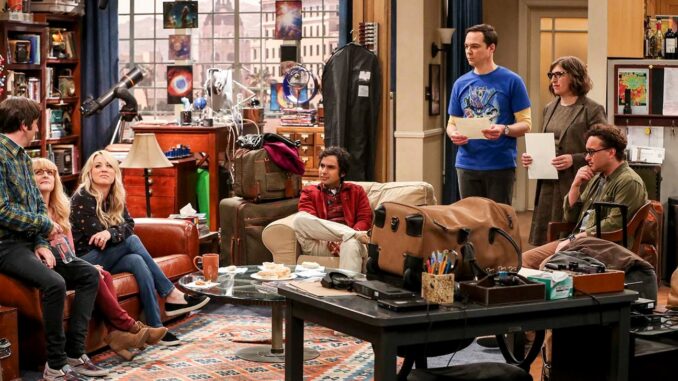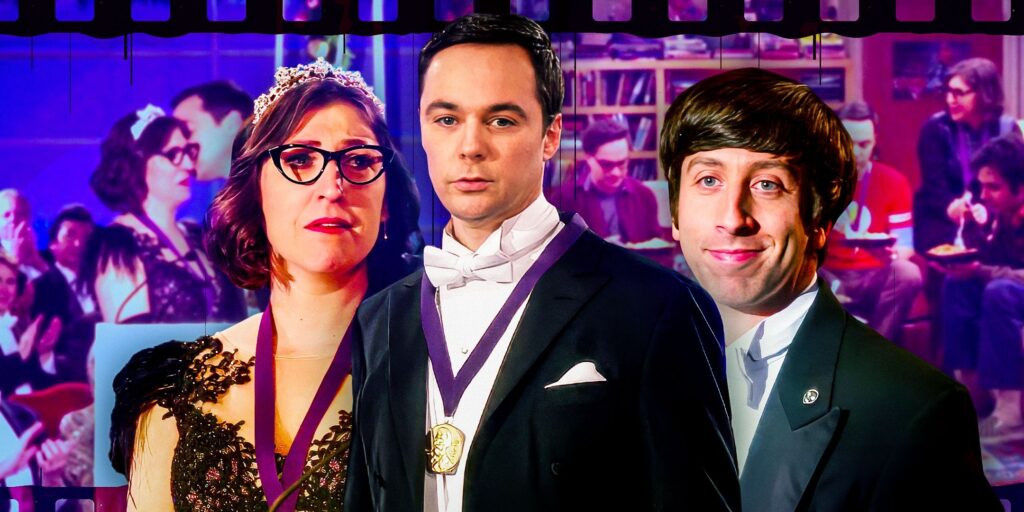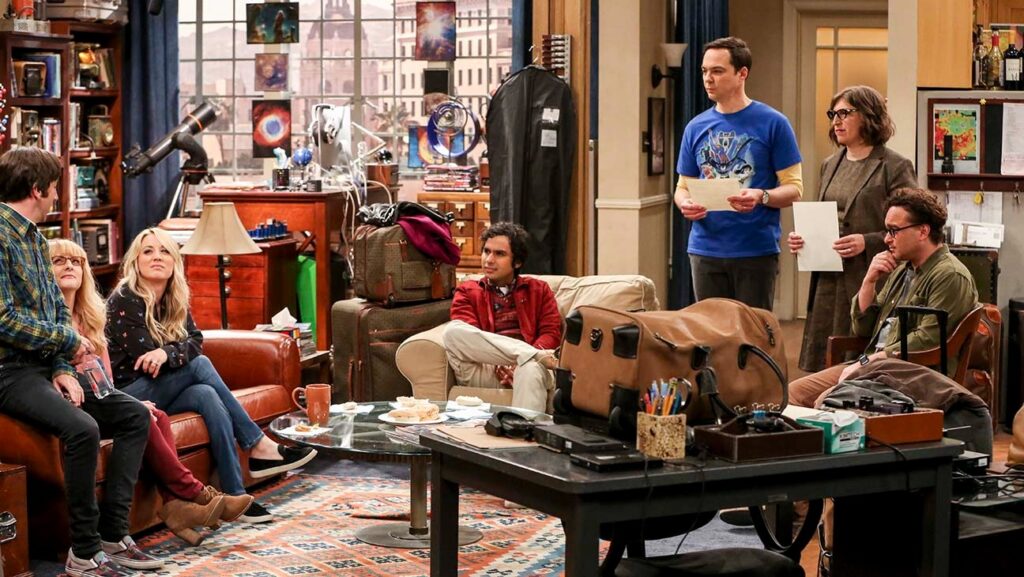
The Big Bang Theory is one of the most interesting case studies of snobbery versus mass popularity this century. One one hand, the show became an online punching bag for people to signify that their taste in television was more complex than the average viewer. On the other, it was frequently the highest-rated show on television, ran for 12 seasons, and won 10 Emmys.
The show’s harshest critics were wrong. The Big Bang Theory had the misfortune of being an incredibly successful iteration of the tried and true multi-cam sitcom format in a time when Peak TV and innovations in the sitcom form, seen in shows like The Office and Parks & Rec, made some viewers expect more from their 22 minutes. Across its 12 years, The Big Bang Theory never lost sight of what it was, or caved to those outside pressures. It remained, to the very end, a well-oiled machine crafted to deliver jokes about pop culture, relationships and obsessive nerdery. The show knew what it was and it did that very, very well.
Of course, if there was literally no growth across the years, fans would tune out. Similar to its long-running forebears in the sitcom space, the core cast grew and changed (albeit at a slower pace than they would in the real world), providing fans with a satisfying story arc that closed out in 2019.While TBBT never made the story hard to follow, an overview can be helpful. That’s why we’re running down the story of Leonard, Howard, Raj, Penny and Sheldon for anyone who just wants to take the leap into a random batch of syndicated episodes.
The whole universe

The story of The Big Bang Theory takes place in Pasadena, almost entirely confined to a few apartments. It centers around the misadventures of physicists Leonard Hofstadter and Sheldon Cooper, branching out from these co-workers and roommates to include their fellow Caltech scientists, neighbors in their building and romantic partners. Cooper is a theoretical genius who has trouble grounding himself in the real world. At the beginning of the series, he holds an incredibly condescending view of non-scientists and believes himself to be an unparalleled intellect.
Hofstader has a much kinder view of the world. However, both of them have trouble interacting with neurotypical people, particularly women. Throughout the series, partners and friends bring Hofstader, Cooper and their friends astrophysicist Raj Koothrappali and engineer Howard Wolowitz out of their respective shells. The catalyst for this introduction to the outside world is Penny, the boys’ neighbor who lives across the hall in their apartment building. The aspiring actress and waitress makes friends easily, and her proximity to the scientists helps to drag them out of their cloistered and academic existence.
A hot, dense state

The series starts with Sheldon and Leonard already co-habitating. Several seasons of the roommates butting heads pass before they explain how the odd couple came to live together. Cooper is frequently a tyrant, stubbornly refusing to adjust his routine or consider the feelings of others. This leads to frequent fights where Hofstader seeks refuge across the hall in Penny’s apartment. After one particularly nasty fight over the thermostat settings, Leonard finally explains how he ended up in the apartment with Sheldon, noting Cooper has grown significantly as a person since they began living together in 2003.
In the season 3 episode “The Staircase Implementation,” Leonard reveals why he feels bound to Cooper and in the process, reveals what Cooper was like prior to their agreement to live together. In the flashback, Hofstader is shown seeking a roommate after first coming to work at Caltech. He goes to view his current apartment and is blocked at the door by Cooper, who quizzes him on sci-fi trivia, preferences of different iterations of famous characters and other scientific knowledge questions before allowing Leonard to enter.
The apartment at this point, in contrast to its later coziness, features a spare living room that indicates an otherwise occupied mind. Instead of the couches and chairs that the main characters spend the majority of their time gathered on, the layout is simply lawn chairs around a card table.
When he enters his future bedroom, he sees that the former roomie has painted “Die Sheldon Die” as a parting gift. Undeterred and in need of a room, Leonard decides to stay. He gets an early glimpse of Cooper’s temperament when he’s forced to sign an incredibly detailed roommate agreement that will be used to arbitrate many future disputes.
